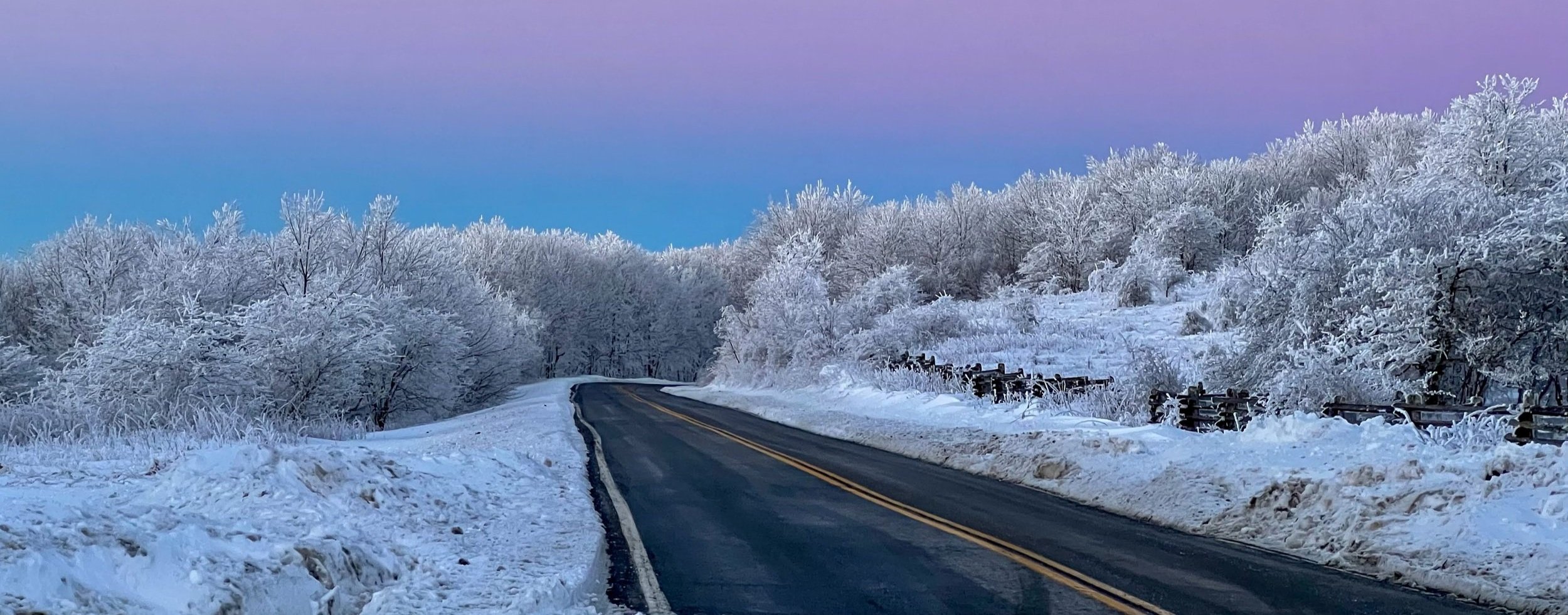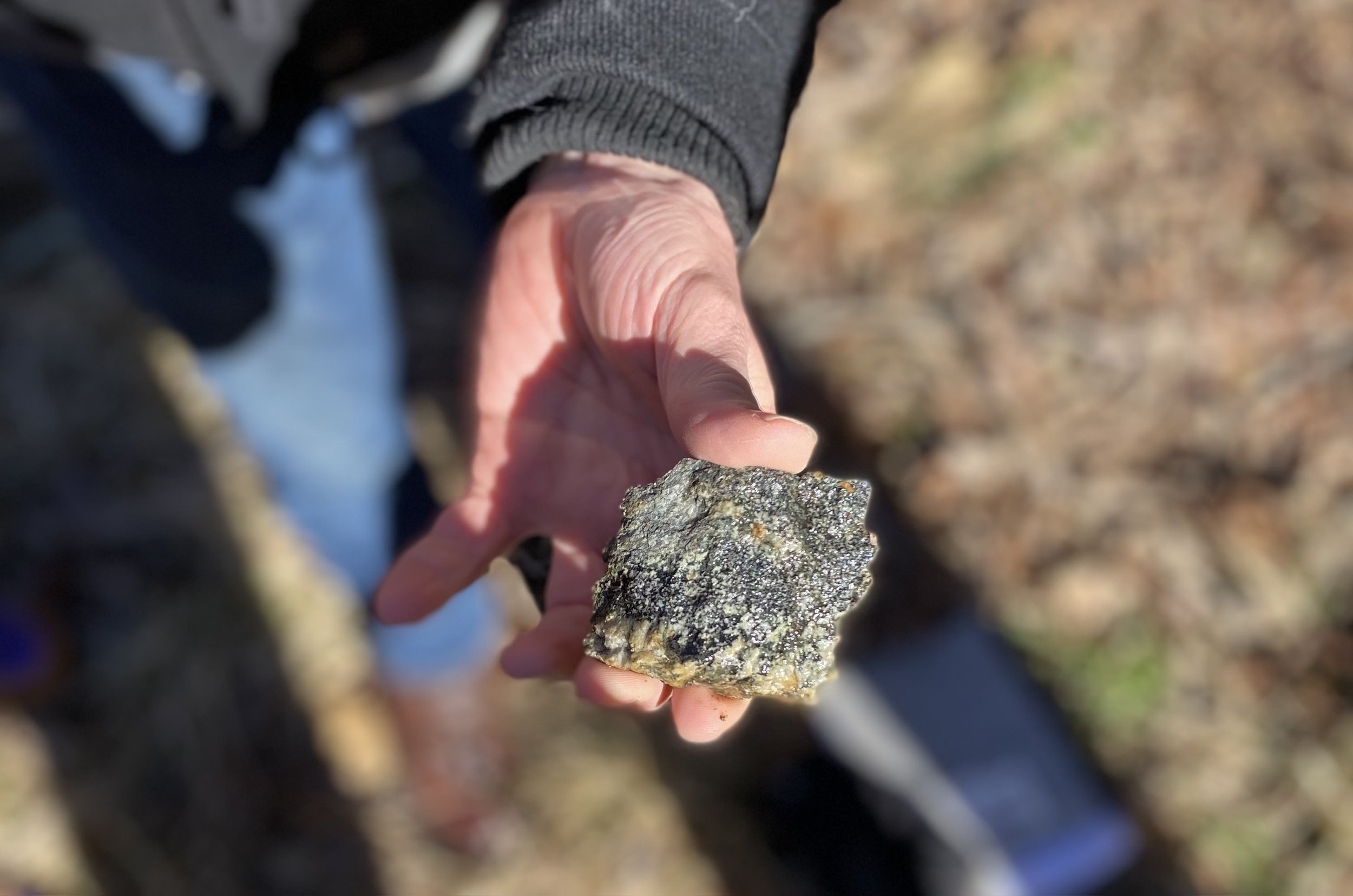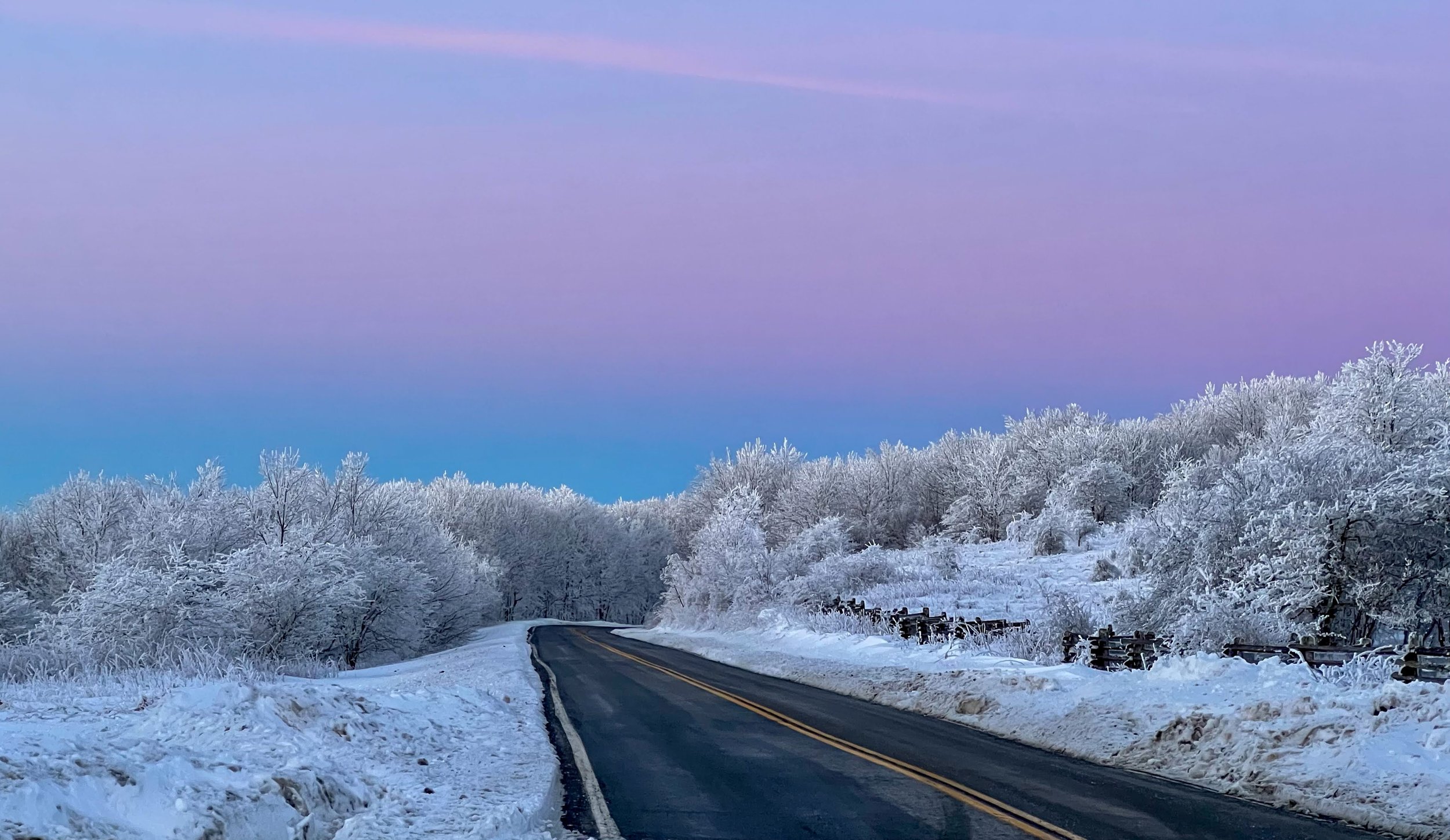

Excessive Road Salt: AsSALTing Our Streams
Putting down salt on traveling surfaces can help make them safer during treacherous winter conditions. But excessive levels of salt has consequences in our waterways.

Winter Rally Re-Cap
We were so delighted to host the first ever Mount Rogers Winter Naturalist Rally this past weekend!

Mt. Rogers Winter Naturalist Rally coming this February!
We are so excited to announce the Mount Rogers Winter Naturalist Rally on February 17-18th!